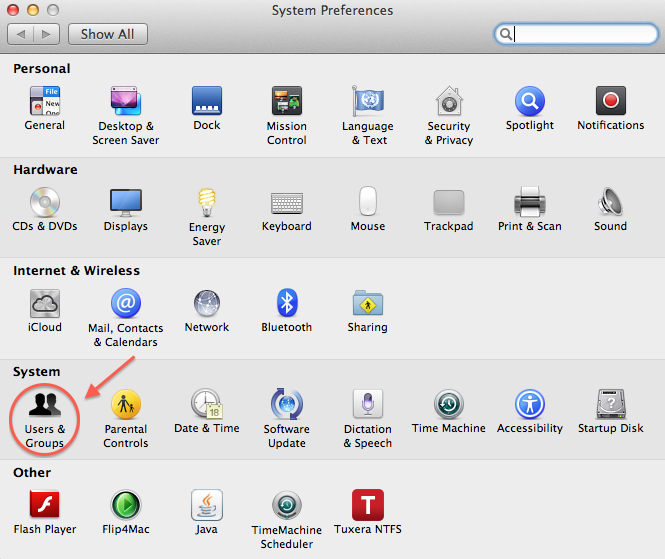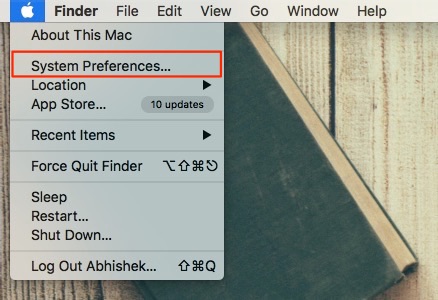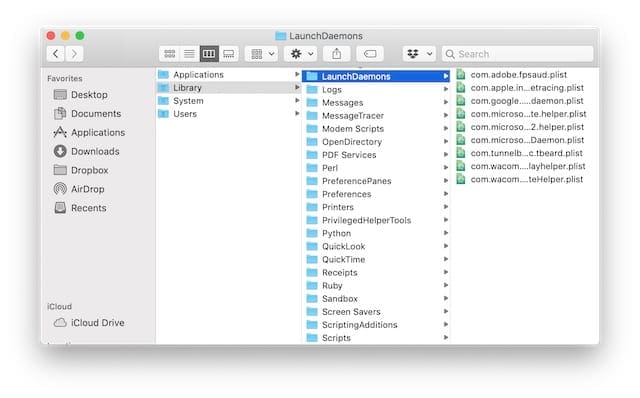

- #How to see mac startup programs how to#
- #How to see mac startup programs mac os#
- #How to see mac startup programs .exe#
- #How to see mac startup programs windows 10#
There’s no doubt that both of these methods are useful for controlling which apps launch on startup. Any shortcuts you add here can also slow down how long it takes for your PC to boot up properly.
#How to see mac startup programs windows 10#
The file will then play with your default music player as soon as your turn on your PC.Īt any point you can delete or disable startup programs in Windows 10 to stop them from starting when your PC first turns on. For example, you can create a shortcut that leads to an. You can use the same methods above to open any file on your computer.

It should open the website in your default browser.
#How to see mac startup programs how to#
How To Open A Website When Your PC Starts Up If it opens, then it’ll also open when your PC starts. To test that it works, double click the shortcut.
#How to see mac startup programs .exe#
exe file on your PC and then copy and paste the address.

#How to see mac startup programs mac os#
If you have any questions about this process please feel free to post them in our Mac OS Forum. You will then need to issue the killall Finder command to restart the Finder. Open the Task Manager by right-clicking the Windows icon, or by pressing Ctrl-Alt. You can also disable startup programs via the Task Manager. In the future if you want to turn this setting off so that hidden files are not visible in the Finder, you can follow the same steps, but for the first command you should instead type the following bold text on your keyboard defaults write AppleShowAllFiles FALSE and then press the Enter key on your keyboard. How to disable startup programs in Windows 10. You will now be able to see all files, including hidden ones, when using the Finder on your Mac. This was the Finder restarting and enabling the new settings. Once you have done this, your Terminal screen should now look similar to the image below.Īfter typing the killall Finder command, you should have seen the Mac desktop go away and then start again. Please note that you must capitalize the F in Finder or the command will not work.

To do this please type the following bold text on your keyboard killall Finder and then press the Enter key on your keyboard. It is now necessary to restart the Finder so that these settings go into effect. Once you have done this, your Terminal screen should look similar to the image below. To enter this command, simply type the following bold text on your keyboard defaults write AppleShowAllFiles TRUE and then press the Enter key on your keyboard. In order to show hidden files within the Mac OS Finder, we need to first issue a command to enable the viewing of hidden files. The Mac OS Terminal utilities allows you to enter commands by typing on your keyboard. The Terminal utility should now open and you will be shown a prompt and rectangular cursor as shown in the screen below. Scroll through the list of apps till you find the Terminal icon, as shown by the arrow in the image above, and double-click on it. The Utilities folder should now appear as shown in the image below. Once it is selected, click on the Go button and select Utilities as shown in the image below. The first thing you need to do is click on empty portion of your desktop so that the Finder is selected. This tutorial will describe how to make it so that all files on your Mac are visible from within the Finder. You can see these hidden files from within the Terminal utility by using the ls -a command, but that is not convenient when you wish to see all files on your computer through the Finder. Hit 'Open', and itll open up in Windows Explorer. Any files that start with a period on a Mac are considered hidden files in the Mac OS and are not visible from within the Finder. Find the Startup folder in All Programs and right click on it.


 0 kommentar(er)
0 kommentar(er)
